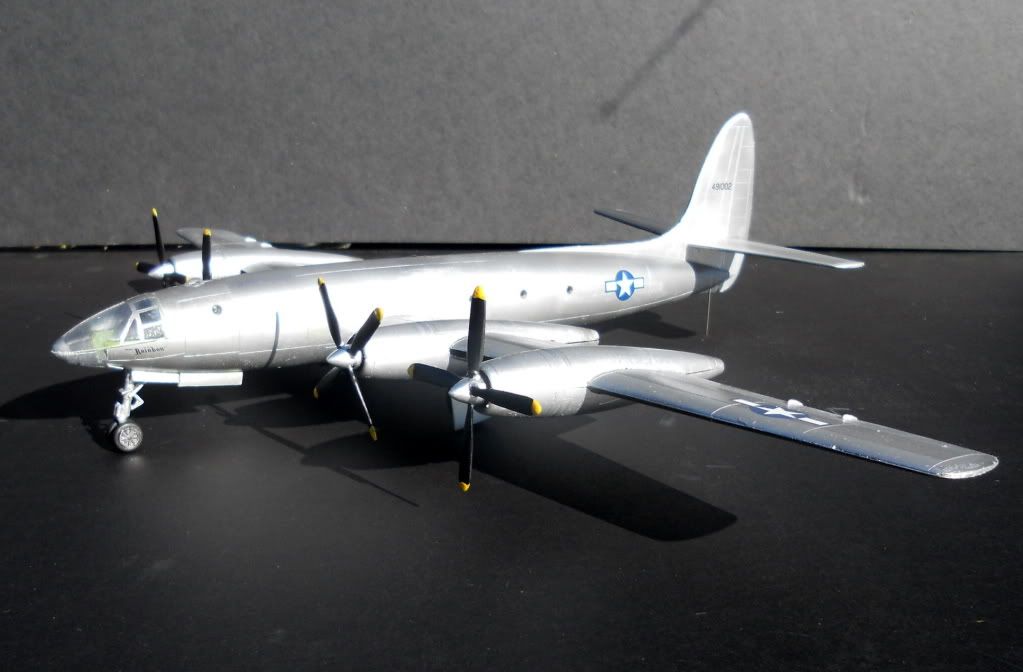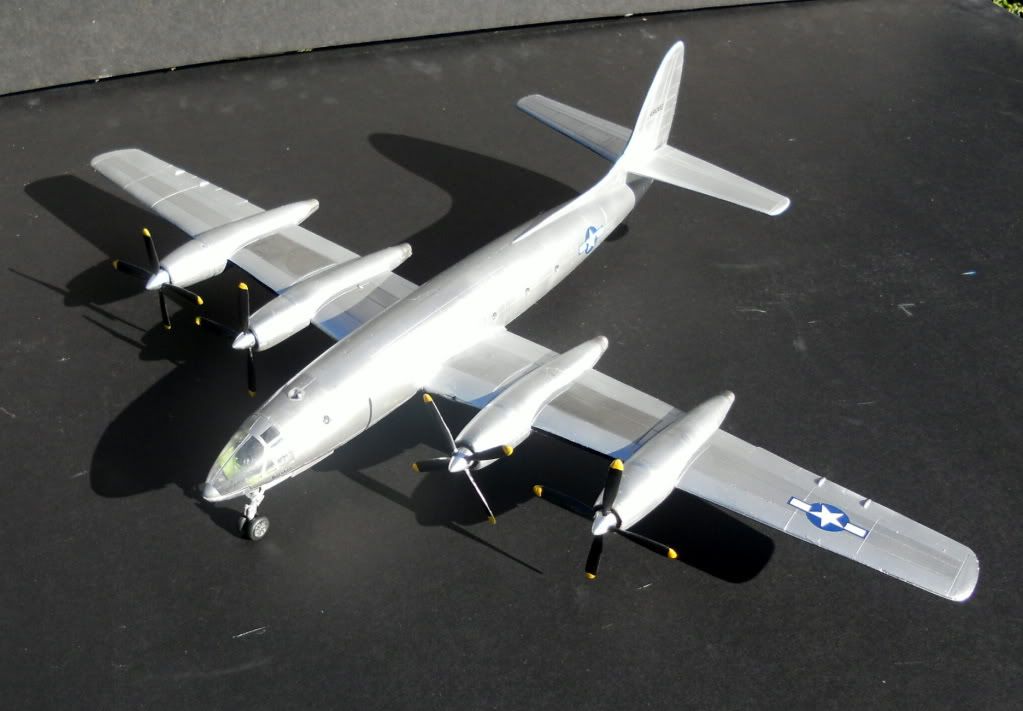Ok, I’ve read the thread about kit costs and I won’t go further than that. My question is which medium costs more? Polystyrene is usually injection molded if I’m correct on my thinking were as Resin is done the same way right? Now I have read that when sanding resin a dust mask is needed because it can be a bit nasty for the respiratory track. But that still leaves me wondering which cost more the Resin or the Polystyrene? Can someone shed some light on this for me please.
In general resin seems to cost more. Now could this be because most resin items are shorter production runs, or because the resin itself costs more? But resin items are not injection molded, but rather they are a cast mold. No pressure is involved pouring the stuff into the mold. And yes it is advised to wear a mask when sanding resin items as the dust is supposed to be bad for our respiratory system.
Resin kits cost more, in a very general way. But, and it’s a big one, I have rarely if ever seen the same subject offered in both injection molded plastic and resin. And there are some small run injection model companies, like High Planes.
So if you want a Spanish American War gunboat in 1/350, you pay your $ 100.00 and get the USS Monterey in resin. All six inches of her. However that is the only model of her you will ever find.
But if you want a Fletcher DD, you spend half that and get a 16 inch long plastic model.
I’d really recommend you give a resin kit a shot. Good ship companies are Combrig, Iron Shipwright,and probably some others. Blue Ridge comes to mind.
I have no idea in armor.
Anigrand has made some resin aircraft I’ve built and liked. Where else will you find a Republic Rainbow?
You use superglue, and you wear a mask. The dust has a shelf life of probably 50,000 years and will accumulate in your lungs.
There are different tooling & material costs which also need to be considered.
Injected kits are produced using a tooled steel die. This is very expensive. I have heard a price quoted as $1000 USD per part. You may easily be talking about a quarter million for a set of dies to produce just one kit. The benefit is that the dies have a very long production life – production runs of tens of thousand of kits are possible. The tooling cost gets amortized over the entire production run.
Then there are the “legacy” kits which paid off their tooling decades ago – why are they still so expensive? [Rhetorical question – we know the obvious answer. Its all about the Benjamins! No response is required]
Resin kits are short-run subjects and as pointed out above are often the only game in town. Resin kits are produced by the original modeler producing a master from which copies are made. This is often scratchbuilt and requires many man hours to produce, especially one which will produce good resin results. The master is then put into RTV rubber as a mold. The amount of RTV necessary to produce the hull of the Monterey kit noted above is about $25 USD. Additional parts may cost another 5 to 10 bucks. If the kit & RTV mold is well engineered it may last for about 30 production pulls. The heat produced by the curing resin degrades the RTV causing it to break down. While less expensive than a steel die, the mold cost is recurring and is amortized across a smaller production run.
I have an Iron Shipwright USS Langley which is one of the first four production pulls. The mold failed after the fourth pull and a new mold had to be made (big hull piece = big $$$). I can tell it is an early pull because the master was changed to improve casting success.
Resin kits are often solid and require more material than an injected kit. If not solid, the resin wall thicknesses are also often thicker than corresponding injected parts
Resin costs about $25 to $30 USD per pound for an over-the-counter “household/garage” kit producer. Last time I checked, styrene pellets for injection molding were about $0.25 per pound in rail-car lot quantities.
It depends on kit quantity. Resin costs more than styrene as a material, but the metal molds needed for injection molding are very expensive. Most resin casters use RTV molds, which are relatively easy to make from just about any pattern. So for small runs the cost of injection molds are prohibitive, cheaper RTV molds are called for but material- the repetititve cost is higher. If you think you can sell tens of thousands, cost of die cast molds moves you to injection molding.
That’s a beautiful aircraft GM! I did not know that it was so fast.
I had to cast some resin engine parts for the big Weird-Ohs Digger kit I took to Wonderfest, and I can tell you that even with smaller casts, it’s a labor-intensive process. The silicone has to be poured over the master verrrry carefully so as not to introduce bubbles, and it’s the same when pouring the resin into the completed mold. I cast some translucent orange flames that were to come out of Digger’s pipes, but realized that they would block access to the special-effects buttons, so I gave 'em away. After just five pours, that mold was already starting to degrade. That said, it’s pretty cool to be able to reproduce a copy of something you built, as long as you don’t mind a little painstaking work.

